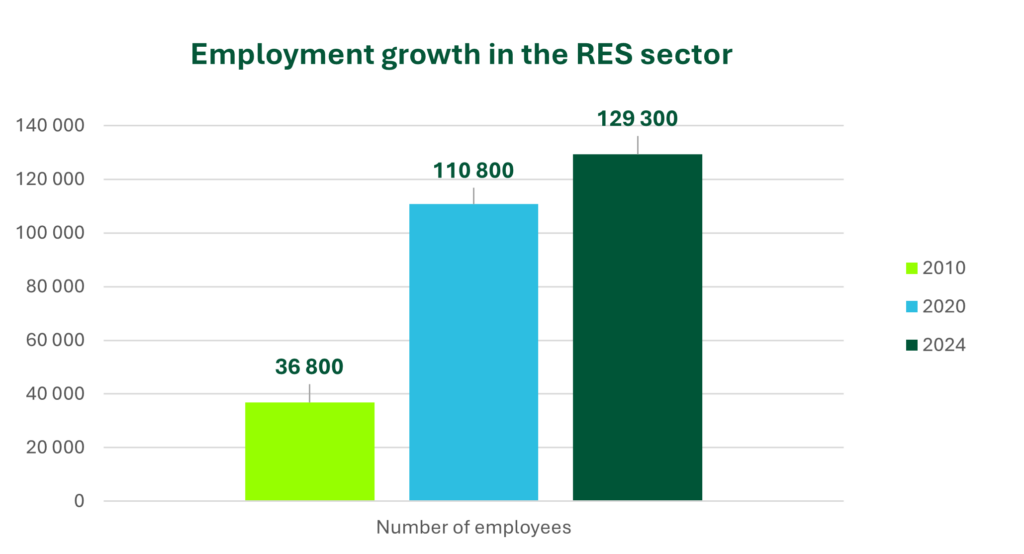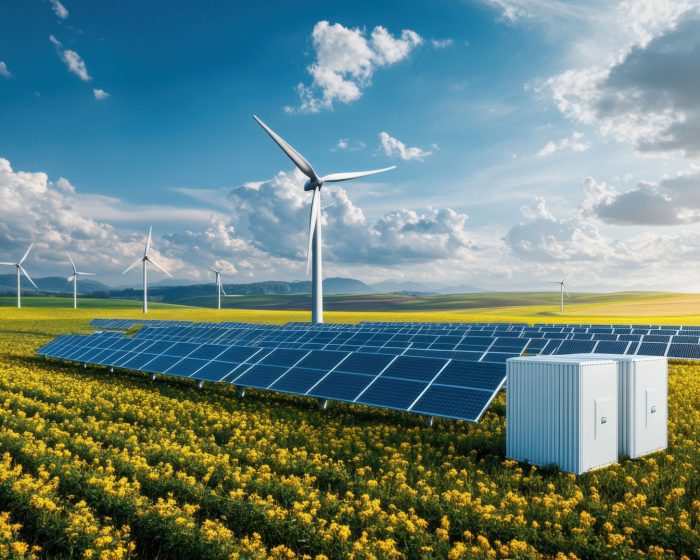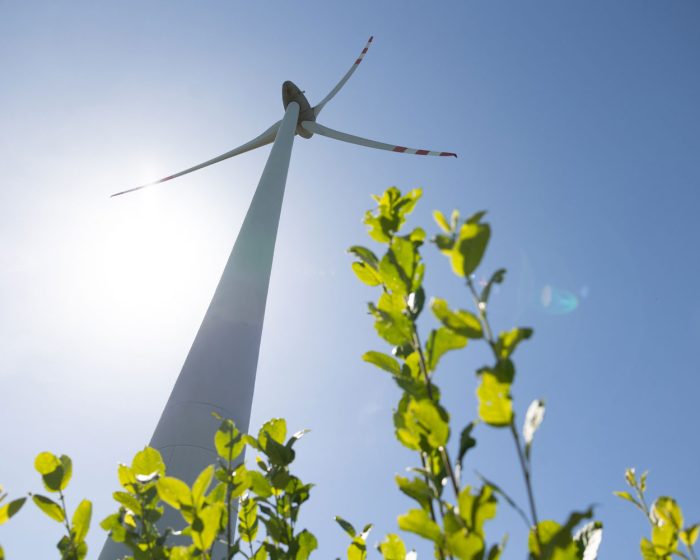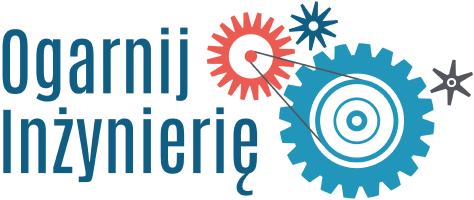A future in harmony with nature. How RES impact people and the environment.
The development of civilisation is inextricably linked to the improvement of skills in harnessing energy. Since the dawn of time, people have been learning how to harness the power of the sun, wind and water.
Thousands of years before our era, the Egyptians were building sailing ships and the first known wind mills were grinding grain in Persia as early as around 500 A.D. With the invention of electricity at the end of the 18th century, a new phase in the history of energy began. Technological advances made energy an indispensable part of every area of our lives – from city lighting to transport to the dozens of appliances we use in our homes every day. For many decades, our attention has been focused on extracting energy from fossil fuels, which has driven the economy, but also led to many environmental challenges and negatively impacted human health.
The State of Global Air 2024 report estimates that around 40,000 people a year in Poland die prematurely due to air pollution [1]
Today, with global climate change and growing energy needs, history is coming full circle. We are going back to our roots – to find and refine ways to draw energy from nature, not only with greater efficiency, but also with care for the environment.
The technology allowing for exploitation of renewable energy sources (RES), such as sun, wind, water or biomass, is opening up a new chapter in human history, promising both sustainability and energy independence. Sustainable development is a model of action that simultaneously addresses three key aspects: environmental protection, social well-being and economic growth. This approach makes it possible to meet the needs of the current generation without compromising the opportunities of future generations to benefit from the same resources. For this to be possible, we need education, dialogue and openness to innovation.
Every technological breakthrough – from the first cars to electricity – initially caused fear and uncertainty. In the past, it was feared that cars would be too fast, travelling at high speeds (e.g. 30-50 km/h) could cause injury and that electricity was too dangerous for everyday use.
The same is happening today with renewable energy sources. They raise hopes, but sometimes also fears. Are wind turbines really safe for health? Can solar energy cope with cloudy days? Will the development of RES technologies have no negative effects on the landscape or ecosystems? This is a natural mechanism – our brains are programmed to be cautious about everything that is new. The most important thing is not to be deterred by unverified information, but to translate concerns into specific questions and seek answers based on reliable sources.
- So how does the development of renewable energy sources affect societies?
- What are the economic benefits of investing in RES, especially for local communities?
- How does the transition to green energy affect the labour market and the emergence of new professions?
- Do these technologies actually reduce social inequalities or, on the contrary, can they exacerbate them?
- How does the development of renewable energy change our relationship with the surrounding environment and our responsibility to protect it? And how does it affect our health?
These questions provide a starting point for understanding how the energy transition can shape our future.
How does investing in RES affect local communities and their economies?
Investing in renewable energy sources is not only a step towards environmental protection, but also a real economic benefit for local communities. The construction of wind or solar farms creates jobs – from the planning and construction phase to the subsequent maintenance of the installation.
For local companies, this brings additional orders for the supply of materials and services needed for such projects, which fuels the development of the regional economy. Municipalities also gain tax revenue from infrastructure, which can be used to finance schools, roads or other needs of local residents.
RES are also an opportunity for cheaper energy. More and more small communities are opting for local installations, which reduce energy costs and make them independent of price fluctuations on the global market. At the same time, such investments can reduce social inequalities. Thanks to subsidy programmes for the installation of solar panels and the creation of new jobs, especially in rural areas, less well-off or elderly people have greater access to the benefits of the energy transition.
With proper management of the transition processes, each wind turbine or solar panel becomes not only a symbol of care for the environment, but also an investment in a better future – both environmentally and economically.
Does the transition to RES mean job losses?
Many people are concerned that the development of renewable energy sources could lead to job losses in traditional energy sectors such as mining and the oil industry. This question stems from deep-seated concerns about the economic stability of regions based on conventional energy. In communities where coal or oil have been the backbone of the economy for decades, the energy transition is sometimes seen as a threat rather than an opportunity. For many families, losing their fossil fuel jobs means having to reorganise, with challenges such as gaining new skills and relocating.
In order to make the energy transition equitable, retraining programmes, local investment in RES and financial support for workers during the transition are needed. Additionally, it is crucial to work with the education sector to align training and education courses with the needs of the renewable energy market.
The RES sector in Poland is developing dynamically, bringing new employment opportunities. In 2010, approximately 36.8 thousand people worked in the Polish RES sector. By 2020, this number had risen to 110.8 thousand, a threefold increase within a decade. In 2024, this number will already reach 129,300 people, placing Poland fourth among EU countries in terms of employment in renewable energy, behind Germany, Italy and France.

The RES sector encompasses a wide range of professions, both those directly involved in the production and maintenance of energy installations and those that support the development of investments indirectly. Among the most important professions are renewable energy engineers designing wind and solar farms, service technicians maintaining turbines, installers of photovoltaic panels, environmental specialists assessing the impact of investments on nature, project managers coordinating construction, and local construction workers and logistics experts supporting the transport of components for RES installations. In addition, local operators can earn money by offering catering, accommodation or transport services for project workers in the areas where the investment projects are implemented.
Therefore, although the energy transition comes with challenges, the data shows that it does not mean an overall loss of jobs. On the contrary, it creates opportunities that can be exploited as long as policies are in place in parallel with the development of RES to support workers to acquire new skills and adapt to the changing labour market.
RES investments and the health of local residents
Can wind turbines or photovoltaic panels affect people’s health? This question raises a lot of eyebrows, so it is worth taking a closer look at what the reality is.
- One of the most discussed topics is so-called shadow flicker, an effect caused by rotating wind turbine blades casting rhythmic shadows on nearby areas. Concerns about this phenomenon focus on its potential impact on the wellbeing of residents, including the risk of headaches, stress or epileptic seizures in light-sensitive people.
- In reality, shadow flicker is rare and limited to certain conditions - the right angle of the sun and distance from the turbine. Modern regulations require wind farms to be built at an appropriate distance from homes, and technology allows the turbine to be stopped at times when flicker could be a nuisance.
- Some people are concerned that photovoltaic panels emit electromagnetic radiation that could be harmful to health. This is another myth that is not supported by scientific studies. The radiation generated by PV panels is minimal and comparable to the levels emitted by everyday appliances such as TV sets and refrigerators.
- There are also concerns that solar farms may affect the local microclimate by raising the temperature in their surroundings. Although large farms may slightly alter local conditions, studies show that these effects are minimal and have no significant impact on human health. In fact, the use of solar energy contributes to a global reduction in greenhouse gas emissions, which counteracts climate change and thus its negative health effects.
Are wind turbines a nuisance to residents in the surrounding area, e.g. due to noise?
- Modern wind turbines generate noise at a level comparable to a quiet conversation or the rustle of leaves in a light wind (35-45 dB), and their impact on residents is minimal, especially if adequate distances from buildings are maintained. In Poland, there is a regulation specifying a minimum distance of 700 metres between a turbine and houses, which significantly reduces the potential impact of noise. In addition, the locations of wind farms must be in line with zoning plans and are subject to public consultation, which allows the needs of local residents to be taken into account.
Are wind turbines harmful to birds and bats?
- Wind turbines can pose a threat to birds and bats, mainly through collisions with rotors. Studies in Poland show that mortality among these animals as a result of such collisions is lower compared to collisions with buildings or power lines. To reduce this risk it is important to plan the location of turbines appropriately, avoid areas with high activity of the animals and apply mitigation measures such as shutting down turbines during periods of peak bat activity. In Poland, there are guidelines for assessing the impact of wind turbines on bats, which recommend, among other things, one-year long pre-investment studies to assess the potential impact on these animals. [1]
Do wind and solar farms take up agricultural land and spoil the landscape?
- Wind and solar farms can occupy considerable space, but their location is carefully selected to minimise the impact on land use. In Poland, wind farms often coexist with agriculture, and the areas between turbines can be used as pastures or crop land. Photovoltaic systems offer exceptional flexibility, as they can be installed on building roofs or on wasteland. Another concept is agrivoltaics, which involves the installation of PV panels on special structures above land used for crops or animal husbandry. This allows not only a very efficient use of space, but also improved conditions for plants - the panels can protect them from excessive sunlight, drought or hail.
Just like in the 17th century, when Dutch master landscape painters such as Jacob van Ruisdael and Meindert Hobbema immortalised windmills on their canvases as a symbol of man’s harmony with nature and ingenious use of its forces, today’s wind turbines are becoming a contemporary sign of a similar relationship. Blended into the landscape, they not only hark back to the old windmills, but also show that technological advancement can go hand in hand with care for the environment.
In contrast to chimneys and heavy industrial constructions, modern wind farms symbolise the pursuit of sustainability and the search for a more harmonious coexistence with nature, while at the same time being a testament to progress and conscious management of space.
[1] https://ansee.pl/wp-content/uploads/2015/09/Wytyczne_dotyczace_oceny_oddzialywania_elektrowni_wiatrowych_na_nietoperze.pdf
Read also

Not only energy – RES as security and economic stability measures
Security is the number one topic these days, and energy security is of paramount importance in this context. If we want our country to thrive, we must have uninterrupted access to electricity, as anyone who has experienced an extended power outage would agree. The issue of energy security has been a challenge in the past. […]

The economic secrets of RES. What does renewable energy do to our wallets?
Renewable energy sources are a relatively new part of our energy reality and as a result, many myths have grown up around them. In this article, we will take a look at the most commonly asked questions and economic concerns about RES. We will explain their causes and show the costs and benefits of renewables […]

Biomass: energy hidden in everyday waste
Biomass is a natural treasure hidden in our everyday surrounding – organic matter that comes from plants, animals and their waste that we can convert into energy. Imagine wood, plant leftovers or even waste from your kitchen being turned into heat, electricity or fuel for cars instead of being wasted. This is nature’s ecological response […]




